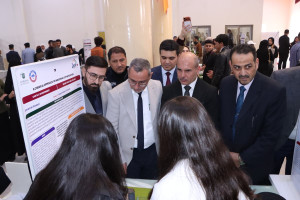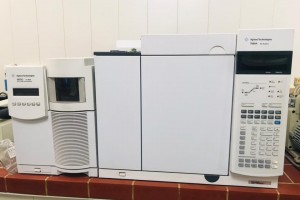
The College of Education for Pure Sciences at the University of Basra discussed (designing a hybrid method for planning the path of a self-propelled robot using a simulated environment)
The thesis presented by a master's student (Suhaib Abdul Latif Abdul Qader) stated in the field of robotics, that trajectory planning in large and crowded environments is critical. Therefore, probabilistic path planning algorithms are very effective in solving such problems in different fields. Although the basic RRT algorithm is a traditional search method, it has been widely used in the field of robot trajectory planning (manipulator robots and mobile robots), especially in the past decade. This algorithm has several advantages that give it superiority over other methods. On the other hand, the basic RRT suffers from poor convergence rate (it takes a long time to find the target point), especially in environments with crowded obstacles, or whose targets are located in narrow corridors.
The message aims:
This thesis presents an improved method called (MT Hybrid RRT-A* RB) to overcome the shortcomings of the basic RRT, namely the slow convergence and high cost rate. The heuristic function of the A-star algorithm is combined with RRT to reduce the tree scaling in undesirable directions and direct it towards the target with the fewest number of nodes and the least time, as well as using one of the regression methods to help enhance the path resulting from this method and make it shorter and more streamlined compared to the initial path.
The thesis concluded that different experiments were performed in different environmental scenarios to compare the proposed method with basic RRT and A-star under the same conditions, where the proposed method showed great performance. The cost of finding the path in the worst-case scenario is about 817 knots, while it is 1830 and 5049 for the basic A-star and RRT algorithm, respectively. In the same vein, the path finding time for the worst-case scenario is 4.9 seconds, while 18.3 and 34 are for the A-star and base RRT, respectively. Furthermore, the path length achieved in the worst-case scenario for the Hybrid RRT-A* RB is 93 units, while it is approximately 112 units.








